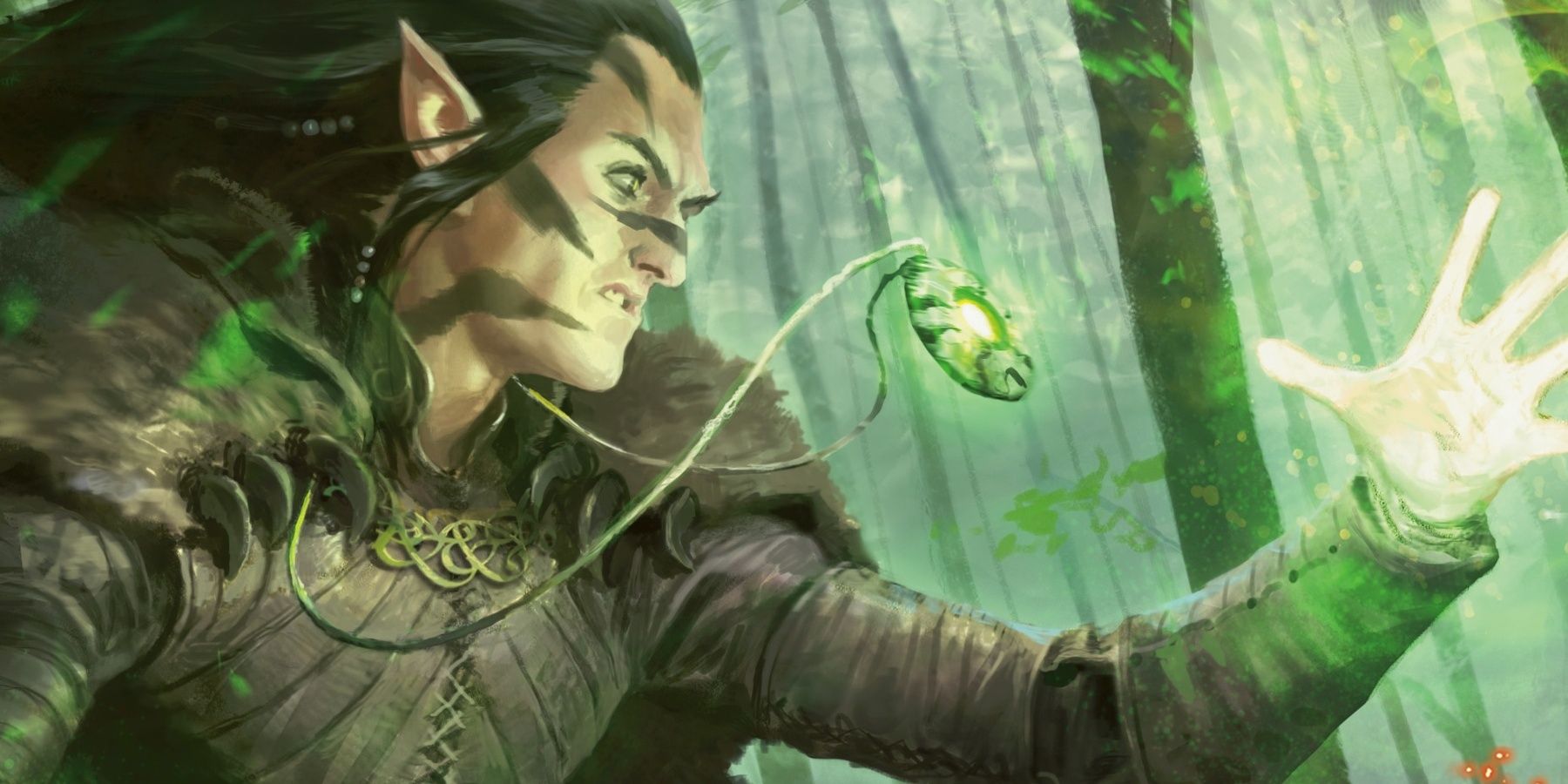Have you ever made an unexpected change? What kind of effect did it have? Did it cause a misunderstanding? Did it affect one of your grades in class? Have you ever made a change that turned out to be all right?
4) Students identify strips B, C, D by counting number of folds (i.e. Strip C represents gene deletion mutation due to 1 less fold, strip D represents gene addition mutation due to 1 additional fold, and strip B represents mismatch gene mutation due to change in direction of 5th fold). Mendelian genetics. Video transcript. Voiceover: So, today we're going to talk about the different types of genetic mutations that you would find in a cell. But first, I want to review the central dogma of molecular biology and how the genetic information of a cell is stored in the form of DNA, which is then transcribed to form RNA.
Mendelian genetics. Video transcript. Voiceover: So, today we're going to talk about the causes of genetic mutations, but first let's just do a quick review of the idea that mutations are mistakes in a cell's DNA, and there are two main types of mutations that we see when we look at a cell's DNA, and the first is called point. Sindarin words for colours. Some sample phrases. If you want to say anything like: The book is brown then you must use the mutated form of the word. Due to the presence of 'i' which means 'the' it also causes mutation, but that is for another page. Mutations carried out to signify a grammatical function (G-mutation) The latter can be motivated by the fact that in a more abstract sense, the object joins the verb to form a sentence not quite unlike the prepositions joins a noun to form an object - only that compounds on the level of sentence structure are much more loose and less well.
Watch the following video to get an idea about changes and the effects they can have.

This next activity is your opportunity to analyze point mutations in a DNA nucleotide sequence and determine the type of mutation. It may help you keep track of the mutations and the possible effects by taking notes in a table similar to the one below.
| Sequence Number | Type of Mutation | Description of Problem | Consequence |
|---|---|---|---|
| 1 | |||
| 2 | |||
| 3 | |||
| 4 | |||
| 5 | |||
| 6 | |||
| 7 | |||
| 8 |
DNA base mutations may not affect a gene's protein, or they may have a serious effect. It depends on the mutation and the function of the protein coded by the gene. There are other types of mutations to consider. Watch the following video to find out more about mutations. To help you keep track of the information in the video and the rest of the lesson, create a note-taking tool such as the one pictured on the page or download and print a copy. The file, Mutations Notes Sheet, is available in Related Items.
This activity uses a simulation from the Concord Consortium that shows how DNA is transcribed to RNA and then turned into a protein. It’s a very clear animation and can be used on its own as part of a lecture on protein synthesis.
31mixed Mutation And 'en'sindarin Lessons Examples
The simulation then allows you to edit the DNA which will then create a new protein. The worksheet asks students to review terms and label an image showing tRNA, mRNA, codons, amino acids, and ribosomes.
31mixed Mutation And 'en'sindarin Lessons Learned
Students then edit the DNA in a specific way so that they can observe the effects of a point mutation, a frameshift mutation, and a silent mutation. In the point mutation, a single base is changed which leads to a difference amino acid. Students do not need a codon chart to complete this activity.
You can also do this activity with the class if you have a projector, this would also allow more discussion on why some point mutations change the output protein and why some are silent.
Grade Level: 10-12

Time Required: 15-20 minutes
HS-LS1-1 Construct an explanation based on evidence for howthe structure of DNA determinesthe structure of proteins which carry out the essential functionsof life through systems of specialized cells
HS-LS3-1 Ask questions to clarify relationships aboutthe role of DNA and chromosomes in codingthe instructions for characteristic traits passed from parents to offspring.
